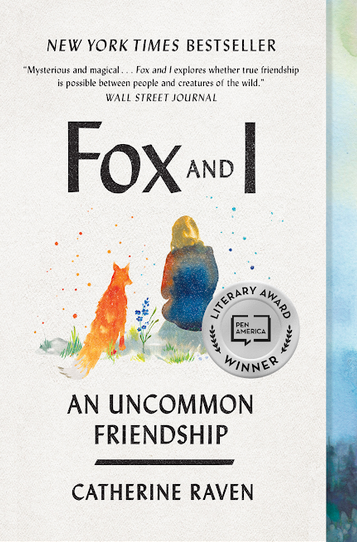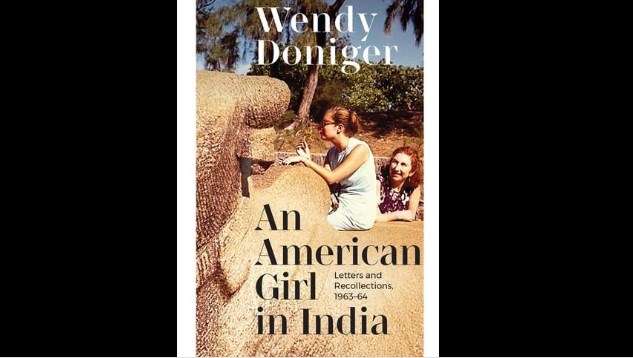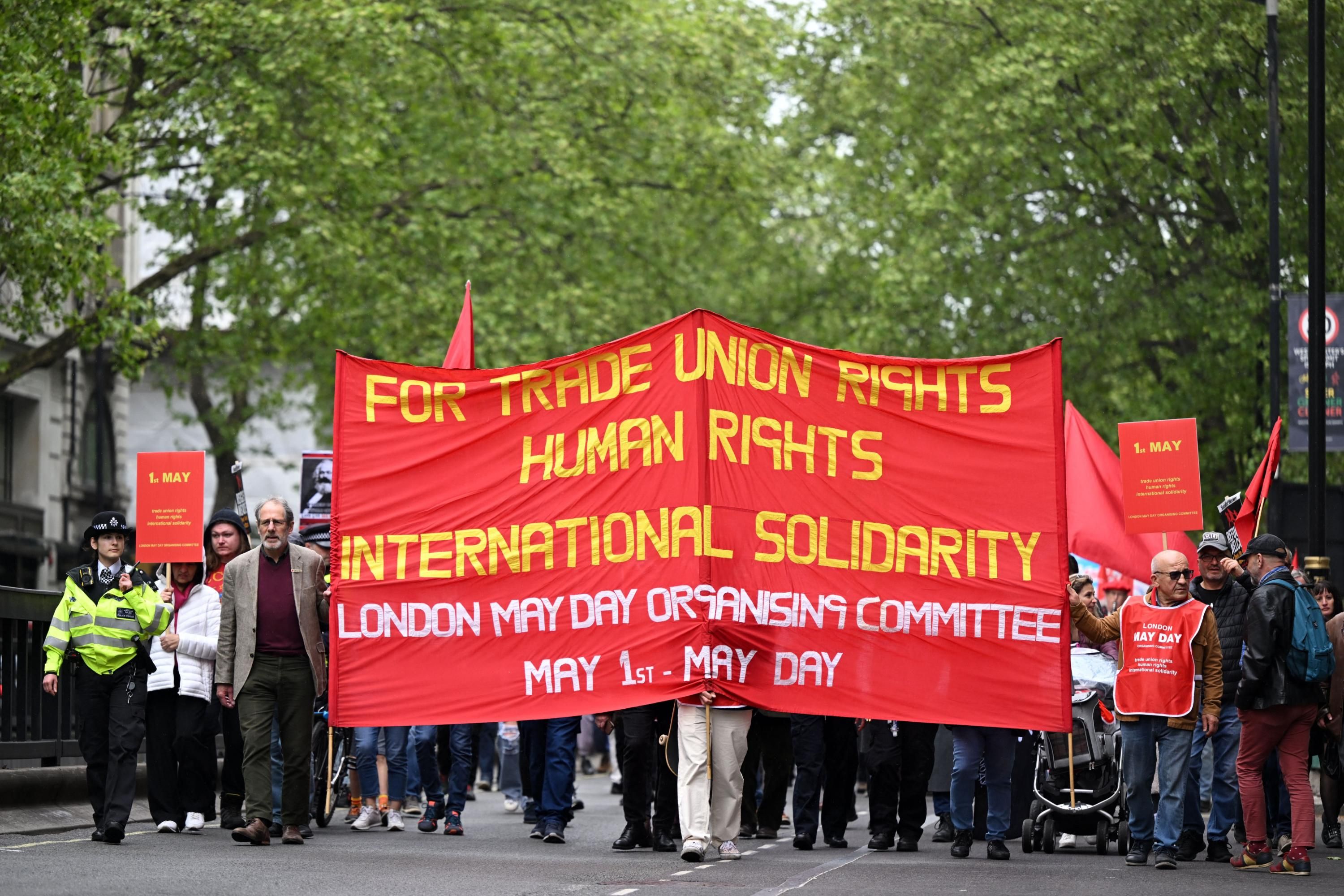
© Provided by The Canadian PressRCMP reform would prevent political interference, criminologists say
OTTAWA — An Ottawa criminologist says questions about whether political pressure was placed on the RCMP commissioner in the Nova Scotia shooting investigation illustrate why Brenda Lucki should not report to the public safety minister.
A parliamentary committee has called Lucki, former public safety minister Bill Blair, and several other RCMP witnesses to explain what happened during an April 28, 2020, phone call, during which Lucki allegedly said she had promised federal officials to release information about the type of weapons used in the shooting.
According to handwritten notes from Supt. Darren Campbell, who was in charge of the investigation into the shooting spree that left 22 people dead, Lucki said that was tied to upcoming Liberal gun control legislation.
RCMP, Ottawa deny interfering with N.S. massacre investigation to advance gun laws
Campbell chose not to release anything about the weapons, stating that may jeopardize the ongoing investigation.
To date, no one has been charged with weapons-related offences in the case, and it was revealed early on that the gunman obtained all the weapons illegally, smuggling most from the United States.
Lucki, the Prime Minister's Office and Blair have all denied there was any political interference in the RCMP's investigation.
Criminologist Darryl Davies said if the commissioner reported to Parliament, rather than the public safety minister, this wouldn't be an issue.
“It makes crystal clear that the RCMP are an autonomous, independent organization and that decision-making will be taken without undue influence from politicians,” he said.
The RCMP Act states that the commissioner is appointed by the minister and “under the direction of the minister, has the control and management of the force and all matters connected with the force.”
Another criminologist disagrees that parliamentary accountability is the answer.
Rob Gordon, who teaches at Simon Fraser University, said what the force needs is proper non-political civilian oversight, but for that to be effective, he said a review of its mandate is needed first.
To date, no one has been charged with weapons-related offences in the case, and it was revealed early on that the gunman obtained all the weapons illegally, smuggling most from the United States.
Lucki, the Prime Minister's Office and Blair have all denied there was any political interference in the RCMP's investigation.
Criminologist Darryl Davies said if the commissioner reported to Parliament, rather than the public safety minister, this wouldn't be an issue.
“It makes crystal clear that the RCMP are an autonomous, independent organization and that decision-making will be taken without undue influence from politicians,” he said.
The RCMP Act states that the commissioner is appointed by the minister and “under the direction of the minister, has the control and management of the force and all matters connected with the force.”
Another criminologist disagrees that parliamentary accountability is the answer.
Rob Gordon, who teaches at Simon Fraser University, said what the force needs is proper non-political civilian oversight, but for that to be effective, he said a review of its mandate is needed first.
“It's trying to be too many things to too many people,” he said, noting that federal police forces in the United States and United Kingdom, for example, are not also tasked with contract policing in rural and remote areas.
Reports have called for this type of structural reform over the years but no government has acted upon them, Gordon said.
“We have been, unfortunately, cursed with a Canadian icon and nobody wants to break it up,” he said.
Facing repeated opposition questions Thursday about whether he believed Campbell’s version of events in the April 28, 2020, meeting, Emergency Preparedness Minister Bill Blair said, “I have never and will not criticize a serving member of the RCMP.”
Gordon called that statement “irresponsible and disappointing flim-flam" while Davies said it shows that governments continue to defend the RCMP rather than try to fix it.
“It's an institution that has been in crisis and has been dysfunctional for many years,” he said.
Recent evidence at the public inquiry into the killings has focused on how the RCMP withheld information during and after the killings.
While Lucki and national headquarters were prepared to release a list of the victims’ names, the Nova Scotia RCMP didn’t release that information.
In its initial news conference, when reporters asked for the number of victims, Chief Supt. Chris Leather said it was “in excess of 10.” Documents released through the inquiry show that Leather knew there were at least 17 dead.
Hours later, Lucki gave two separate media interviews in which she said the death toll was 13, and then 17.
By 11 p.m. on April 19, 2020, the RCMP had concluded that up to 22 people had been killed, but it didn't reveal the final number until two days later.
Davies said that shows the need for better policies, training and operational procedures, which "either don't exist or fell apart."
“We know that some of the officers on the ground who are responding to both media requests for information, and from families and so on, some of them had absolutely zero training in this area,” he said.
The inquiry will resume hearings Tuesday.
This report by The Canadian Press was first published June 25, 2022.
Sarah Ritchie, The Canadian Press












